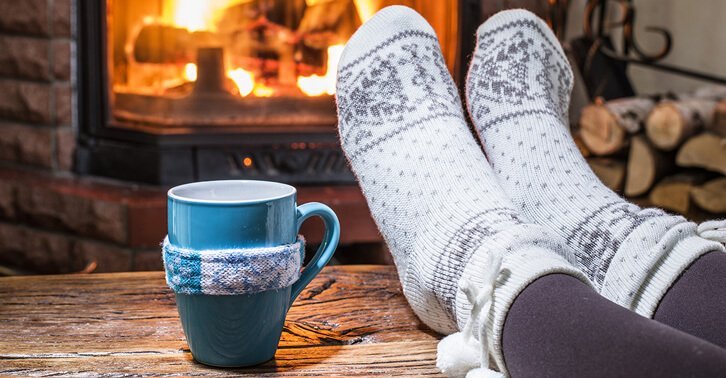Keeping your home warm during the winter months can be challenging. Home heating is costly, both in terms of system maintenance and operation. In areas prone to stormy weather, there’s always the concern that the loss of power could put you and your loved ones at risk, should your heating system fail.
Supplemental heating is an excellent backup plan for saving costs and preventing emergencies. Here are some vital considerations to help you choose the best supplemental heating option for your home.
Evaluate Your Existing Heat Source
First, evaluate your existing heat source and determine whether there are any problems to address before moving forward. Start by evaluating the age of your furnace, as many are due for replacement after 15 to 20 years. Next, consider when you last had an annual maintenance visit. During periods of dormancy — during the summer, for example — dust and other particulates can cause functionality issues in a standard home furnace (source: https://tsshomecomfort.com/).
In addition to considering a primary heat source repair or replacement, think about how your home has changed in recent years. If you’ve done any renovations or made changes, your existing furnace may not be the right size for your home anymore. Talk to your local home heating expert before making any big financial decision for installing a secondary heat source.
Consider Your Reasoning
Next, consider the reason why you want a supplemental heating source. If you’re concerned about power loss during winter storms, you’ll want to consider something that doesn’t rely on electricity to run, like a wood stove. Conversely, if you’re working from home now and want to keep your office toasty without driving up your home heating costs, a localized supplemental heat source could be beneficial.
Your reasoning will ultimately lead you to the right choice for selecting a secondary heat source.
Consider Other Steps
Next, determine whether there are other actions you can take to make your home heating more efficient. If you live in an old home, adding insulation or replacing outdated windows could significantly impact your winter heating situation. Similarly, identifying and blocking drafts will ensure your home heating costs and consumption are aligned with your usage needs.
It’s integral to take these steps for investing in a supplemental heat source; there’s no point in using two separate heating systems to heat the outdoors.
Identify Your Living Habits
Finally, consider your living habits. Are you a single person who spends most of their time in one room? Do you need your entire home heated at all times? Do you have the time, energy, or space to manage loads of wood for the winter?
Clarifying your usage patterns will help you narrow down your options and select the best supplemental heat source for your lifestyle.
Types of Supplemental Heating To Consider
Once you’ve clarified what you need and how you’ll use your secondary heat source, it’s time to determine which one is right for you. Here are three popular options to evaluate when choosing supplemental heat.

Heat Pumps
Heat pumps have become quite popular in recent years, acting as a primary heating and cooling source for many homeowners. Heat pumps work exceptionally well during the fringe seasons (fall and spring) when the full power of a furnace isn’t needed, but it’s still pretty chilly. Many also have an air conditioning function for a more efficient climate control setup.
Unfortunately, heat pumps have a high upfront cost and don’t work well in some environments. While they’re more efficient than electric baseboard heaters, they are still electricity-dependent. Finally, heat pumps don’t work well in extreme temperatures, which is an issue for those living in harsh winter climates.
Fireplace
Fireplaces are versatile options for supplemental heat, with a few types to choose from: pellet, gas, electric, wood, and so on. Choosing a fireplace that isn’t electricity-dependent is a great secondary option for power loss situations. Unfortunately, wood heat is messy, costly, and inefficient due to the loss through the chimney.
Gas fireplaces are more efficient, especially if you choose a ventless option, but also run the risk of carbon monoxide build-up. One of the benefits of pellet fireplaces is that they self-feed and throw out heat similar to a wood stove. However, pellets are prone to shortages, and these fireplaces often rely on electricity.
Space Heaters
Space heaters are perhaps the least efficient option, except when you’re looking for extremely localized climate control. A small space heater is energy-efficient and affordable to run when trying to warm up a single room. However, a space heater’s range is limited and dependent on electricity.
Take your time when choosing a supplemental heat option and talk to your local heating specialist for guidance.






